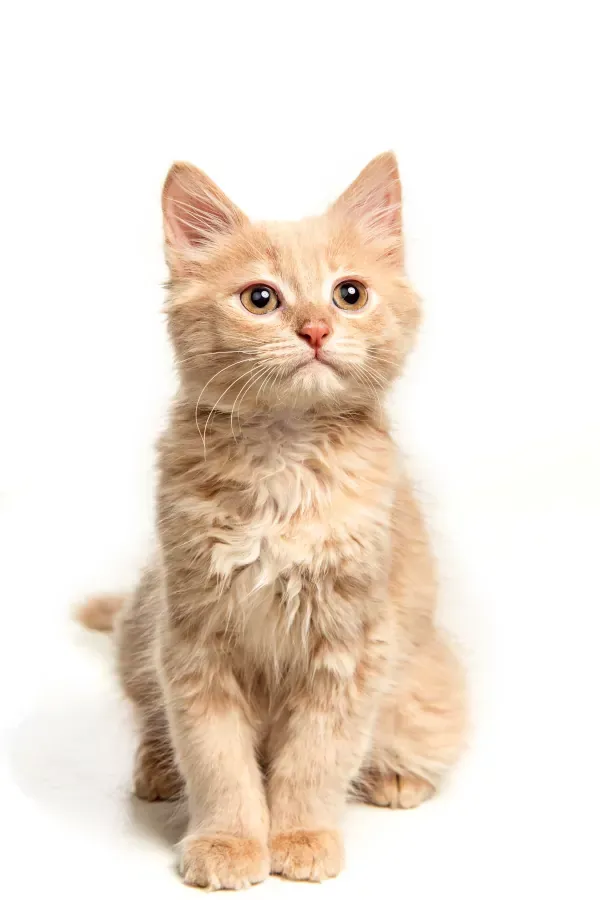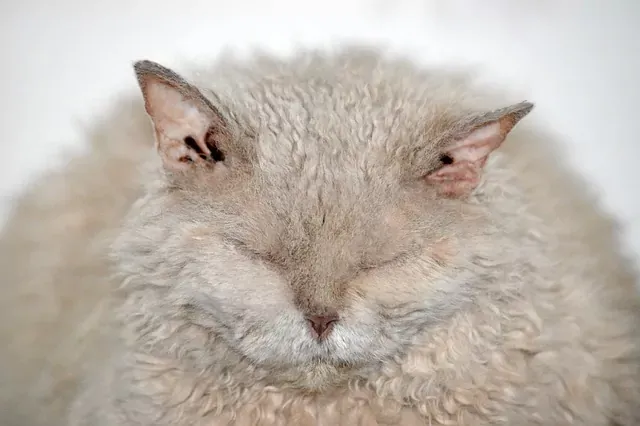Why is the Right Diet so Important?
The modern house cat’s diet is very far removed from its instinctual diet. They eat ultra processed foods to the exclusion of all other food. It is important to improve the cat’s diet to avoid diet related life-style diseases, renal problems and an overall reduction in longevity and well-being.

House cats are obligate carnivores – in other words, strict meat eaters. The Ancestry posts collectively tackle the cat’s genetic heritage and idiosyncratic adaptations to carnivory.
However, the nature of commercial cat foods are in direct opposition to the cat's physiological make-up. Cat food manufacturers mainly produce and sell ultra processed, carbohydrate rich foods.
...cats are fed carbohydrates to excess
Commercial cat foods are widely available to cat carers, even though cats are designed to eat high protein, high-moisture, moderate fat, animal tissue diets 1.
In the wild, cats consume no more than one or two percent carbohydrates 1. By comparison, the average dry food contains 35%–50% carbohydrates.
In some cases they make up as much as 55% of the food's volume 2.
...biologically inappropriate foods damage health
Any time an organism consumes food they are not designed to eat, health is affected negatively.
However, we continue to buy these products for our cats, because they are convenient and affordable 1. In the majority of cases, cats are fed these foods – and nothing else – for the duration of their lives.
A future post investigates exactly why it is that cat foods are so high in carbohydrates.
..comparable to junk food
A previous post compared commercial cat foods to junk food. They are highly refined, high in starches, sugar, plant oils and salt – the very things we become addicted to on junk food diets.

Similar to junk foods, cat foods are mainly empty calories. To make these foods nutritionally adequate for cats to survive on, a sleuth of synthetic nutrients are added.
These fill the nutritional gaps from inferior quality ingredients and multiple rounds of processing.
Cat foods wreak havoc on the cat’s body, just like overdoing junk food wreaks havoc on ours.
...eating behaviour shaped by limited food options
Given the fact that we provide food for our cats, very few of them have other food options. Notably, an earlier article demonstrated that, given the option, domestic cats carefully avoided carbohydrate rich food 3 – the very foods we feed them.
Instead, they consistently chose meals that were made up of macronutrient ratios that closely resembled the food composition of their wild and free-roaming natives 2.
...disease promoting diets
Cat foods go completely against the cat’s physiology and – over time – serious health issues can emerge. And many of these issues are surprisingly reminiscent of the lifestyle diseases we develop from ultra processed, junk foods.
Feline obesity is rated as the number one nutritional problem in cats 2. And it is still on the rise. Subsequently, a large proportion of cats experience insulin resistance, diabetes mellitus, osteoarthritis and skin problems.
These diseases are known to also cause a marked reduction in quality of life and life span. Renal problems and diseases of the urinary system are rife in cats – especially those on dry foods 1.
Dr Lisa Pierson (DVM) sees renal issues daily in her veterinary practice. She also sees cystitis, urinary tract infection, urethral blockage and urinary crystals all too often in her patients.
...the list goes on
To this already frightening list, Dr Pierson also adds inflammatory bowel disease, frequent hairballs, fatty liver disease, dental disease, asthma and several other allergies – all due to inappropriate foods 1.

In her experience, the most salient reasons for kidney and urinary tract disease are insufficient water content, excessive carbohydrate load and the use of plant-based as opposed to animal-based proteins 1.
...protecting the health of our cats
If a commercial diet is absolutely all a household can afford, The Dietary Change Every Household Should Make Today will be an important read. It discusses how one simple change to the diet can protect the cat's health significantly.
As for those of us who choose price and convenience over the well-being of the animals in our care, it has perhaps become time to come to new insights. If we can afford to do better, we really should.
Become part of the fast growing cat food revolution where we put health first. Please pass on this important message.


References
1 Pierson, L.A. (2016). Feeding your cat: Know the basics of feline nutrition. In Cat Info. Retrieved February 7, 2023, from http:// catinfo.org
2 Verbrugghe, A. & Hesta, M. (2017). Cats and Carbohydrates: The Carnivore Fantasy? Veterinary Sciences, 4(4), 55; https://doi.org/10.3390/vetsci4040055
3 Hewson-Hughes, A.K., Colyer, A., Simpson, S.J. & Raubenheimer, D. (2016). Balancing macronutrient intake in a mammalian carnivore: disentangling the influences of flavour and nutrition. Royal Society Open Science, 3, 1 – 12; https://doi.org/10.1098/rsos.160081
Disclaimer
The information provided on the Bestfedcats.com website is educational and informational. We are here to give guidance on how to feed a properly balanced raw diet. We also offer advice on how to improve the diet of the modern house cat. Please note that we are not veterinarians. We are not here to give veterinary advice. Best Fed Cats will not be held responsible for any adverse reactions to your cat based on the information on our website. The health of your cat depends entirely on you. We expect you to use your knowledge of your cats, their circumstances and their health – in conjunction with a trusted veterinarian – to determine if any advice provided on this site is appropriate for your cats.

